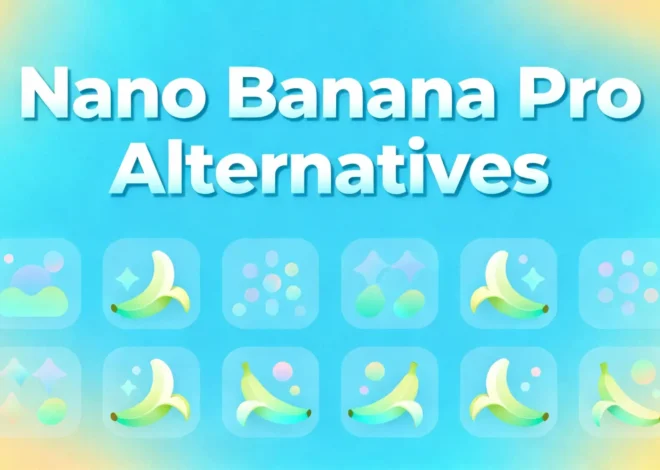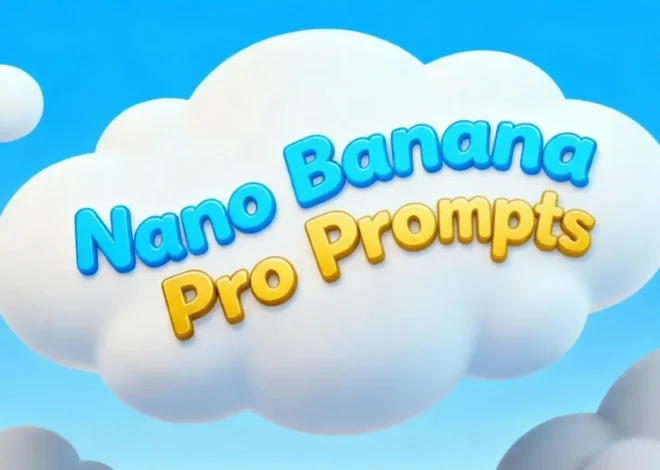Nano Banana 2 — Why It Can Significantly Improve the Quality of UGC
Google seems to have a knack for giving its products quirky names — especially its text-to-image model that launched in August: Nano Banana.
The model sparked a creative frenzy as soon as it hit the market. With its advanced AI analytical capabilities, it can flawlessly meet 92.5% of users’ image-creation needs. From my perspective, the philosophy behind Google’s launch of this model is clear: it aims to pull image creation out of the “skill-focused” palace and back to the fundamental core of “intent.”
Approximately 3 months later, Google has revealed plans to release an optimized, smarter version in November: Nano Banana 2.0 (codenamed GEMPIX2 or KETCHUP). What amazing image-making experiences will this deliciously named product bring us next?
At the very least, based on official announcements and user reviews so far, it’s set to significantly boost the quality of User Generated Content (UGC).
Now, let’s piece together the details of this highly anticipated new tool and see what surprises it has in store for us.
Further Reading: What are improvements of Nano Banana V2 vs. V1?
Nano Banana 2 rumors: features or falsehoods?
Internet users are obsessed with browsing trending topics and chasing gossip. With Nano Banana 2’s launch just around the corner, fans can barely contain their speculation and excitement about its specific capabilities. Below are 3 viral discussions I’ve rounded up online:
Rumor 1: Nano Banana 2 will be Google’s most powerful image-generation AI, reportedly launching officially on November 18th
As more leaked samples emerge, Nano Banana 2’s release seems to be entering the final countdown. Compared to the original version, the new model not only supports native 2k output but has also been exposed to feature multiple breakthrough capabilities — such as more realistic texture details, more stable light and shadow rendering, more precise character consistency, and image editing skills on par with professional retouchers. Many testers who briefly experienced the preview version on MediaAI and Gemini expressed the same shock: the image quality improvement is “generational.”
More importantly, Nano Banana 2 has significantly enhanced improvements targeting the pain points of the old version — including the presentation of complex text, texture processing of ultra-detailed objects, and flexible angle and perspective control.
Tasks that Nano Banana 1 struggled with in the past, such as extreme perspective views, realistic light reflections of specific materials, and object relationships in dynamic scenes, can now be generated with astonishing accuracy.
The community generally believes this will be one of Google’s biggest weapons in the 2025 visual generation ecosystem.
Resources from: TestingCatalog & TechRadar
Rumor 2: Google may launch a one-two punch of Gemini 3 + Nano Banana 2
Prior to this, the sudden release of ChatGPT 5.1 took many by surprise. As a series of leaks continue to surface, the reason behind this move is becoming clear: Google seems to be preparing for a major “dual-model launch.”
According to promotional copy accidentally discovered in the Gemini iOS App —
“Try 3 Pro to create images with the newer version of Nano Banana.”
This string of text almost explicitly indicates that Gemini 3.0 and Nano Banana 2 will debut as a golden combination. Gemini 3 will provide advanced reasoning and system generation capabilities, while Nano Banana 2 will handle key visual tasks such as interface, graphics, and visual output.
Recently leaked test videos of Gemini 3 have added credibility to this collaboration: the model can even generate interactive, clickable “system clone interfaces” for iOS/macOS/Windows, allowing users to operate as if they were in a real system. If true, Nano Banana 2 will become the core engine of “vibe-coding” (natural language app development) — users only need to describe the interface and functions, and AI can automatically generate complete UIs, icons, windows, and even interactive layouts.
This rapid technological integration also explains why OpenAI chose to launch ChatGPT 5.1 at this time: they don’t want to miss out on this peak of attention.
Resources from: BGR Reporting & Eweek
Rumor 3: Nano Banana 2 adopts a new “multi-step self-correction” workflow, may even have a Pro version, but its underlying architecture remains a mystery
The most exciting rumor comes from recent internal tests and GitHub commits:
Nano Banana 2’s underlying generation mechanism is no longer “one-click, one-image” but has evolved into a complete AI self-supervised multi-step process.
Specifically, this process includes:
- Planning phase – The model first outlines the image structure and key elements
- Initial generation – Produces a first draft sketch-like image
- Built-in analysis – Self-reviews for errors such as inconsistent proportions, fonts, or perspectives
- Automatic correction and redrawing – Adjusts as needed to generate a more accurate version
- Iterative repetition – Continues until the model deems it “deliverable”
This capability makes Nano Banana 2 perform more like a human designer in many professional tasks, rather than a simple diffusion model.
Even more impressively, multiple internal tests show that Nano Banana 2 (or Nano Banana Pro as it’s called internally) has improved by approximately 3x in cross-session consistency and instruction execution. Even in stress tests where “images are shredded and reconstructed,” it can maintain consistent themes and styles.
Additionally, leaked code suggests it may support an unprecedented range of aspect ratios — from 1:1 to 21:9, including the 9:16 ratio commonly used for vertical short videos. This makes it fully adaptable to the needs of modern content creators, short video producers, UI designers, and the film and television industry.
But the biggest uncertainty lies in its underlying architecture — is it:
- An upgraded Gemini 2.5 Flash?
- An early integration of Gemini 3?
- Or an entirely new architecture based on Imagen 4?
Resource from: Tom’s Guide & Android Authority
Why Nano Banana Can Significantly Improve the Quality of UGC?
A preview version of Nano Banana 2 was made available on Media-ai for several hours, drawing numerous creators to test its features. Almost all of them marveled at the significant performance improvements of the updated version compared to the first generation.
In the following contents, we will figure out 6 main advanced features of Nano Banana 2.
Keep scrolling!
1. Image Generation Quality up to 4K
User feedback on the Nano Banana 2 indicates a significant improvement in image resolution. The first generation was popular for its lifelike visuals and precise image editing capabilities, but this generation promises to surpass it. The Nano Banana 2 may be able to generate higher resolution images, including 2K, 4K, and even higher. It appears to offer more realistic refinement of textures and surface details.
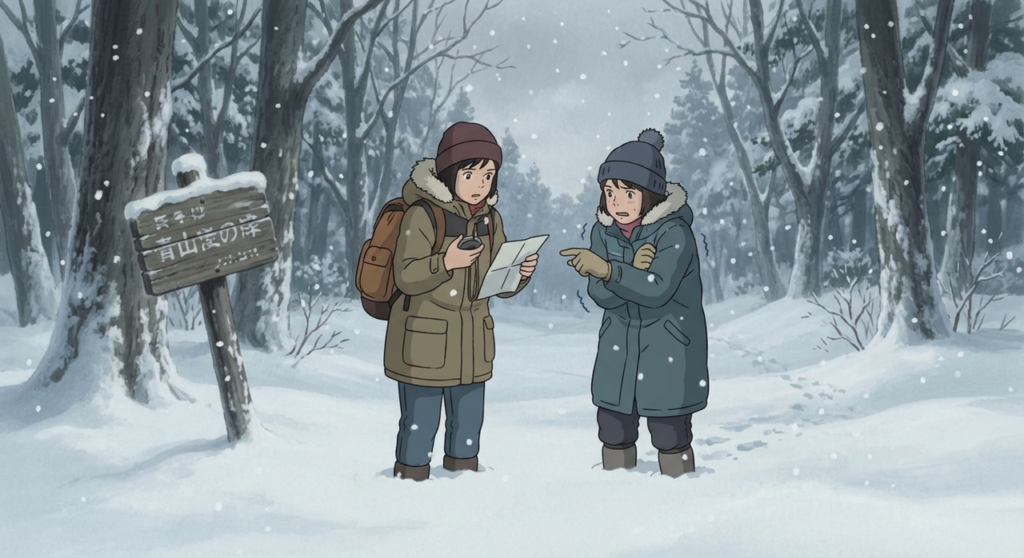 | 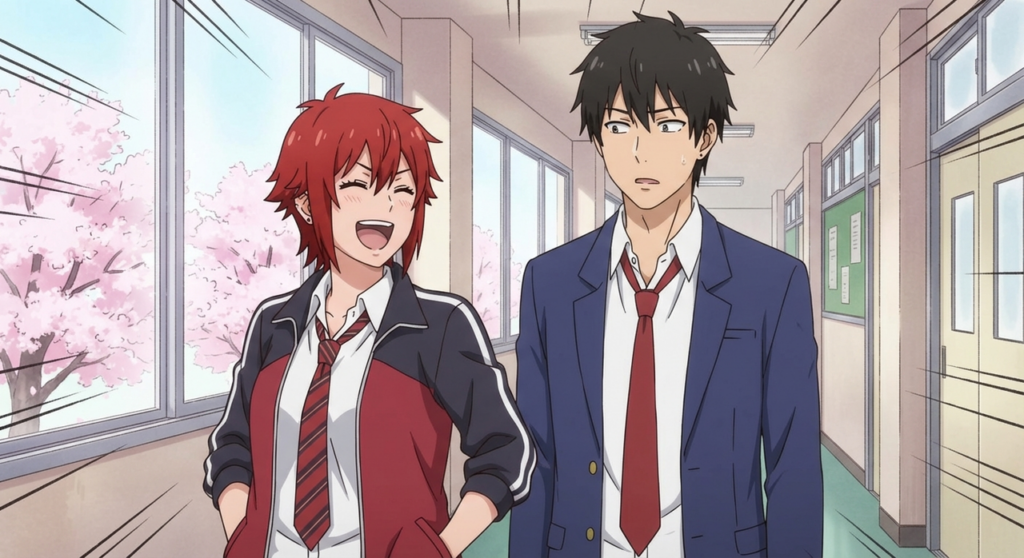 | 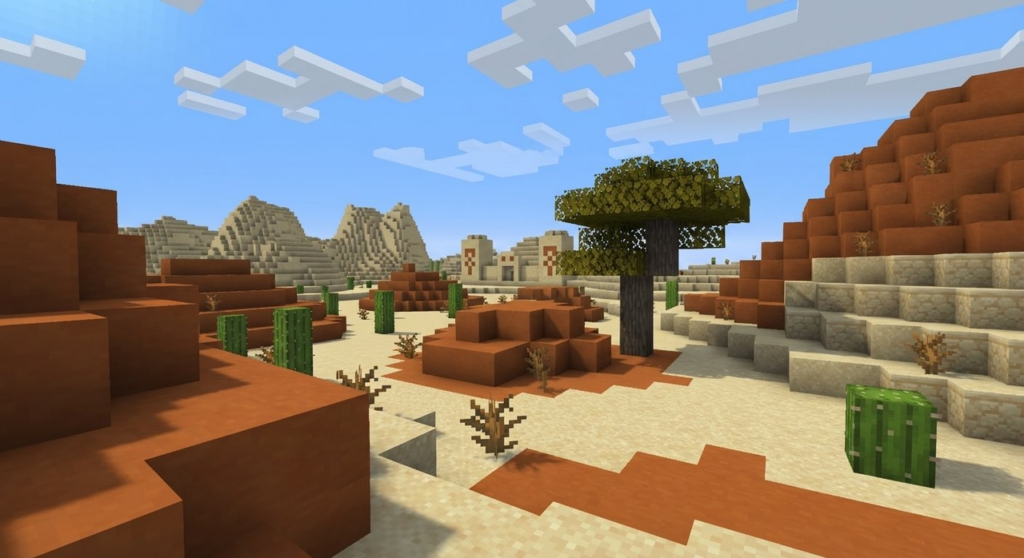 |
| Credits: Latentmoss | Credits: Latentmoss | Credits: URUBONZ_ |
Additionally, the image edges of Nano Banana 2 are significantly sharper, with far fewer odd glitches. The problematic prompts in the previous v1 version—such as earrings morphing into extra teeth—are all flawlessly handled in the v2 preview. A testing team reported that compared to the earlier version, the instruction execution accuracy has tripled.

Credits: ThunderBeanage
2. Flawless Interpretation of Image Details
From user feedback, the edge fidelity of image generation and conversion appears to have improved: details like textures, hair strands, and metal reflections are much clearer. The images natively support 2K output with an optional 4K upscaling feature — meaning small text on packaging and tiny details on watch dials can finally be clearly recognized without external tools.
More importantly, v2 adheres more faithfully to color prompts, staying closer to the original HEX values while maintaining consistency across multiple runs. It also eliminates the waxy texture of skin, making human expressions more realistic.
| Original | Generated |
 |  |
Credits: EdsentheWeather
3. Accurate Text Understanding Capabilities
Nano Banana 2 appears to accurately understand natural language and provide higher-quality interpretations based on prompts. A widely circulated example demonstrates complex text on a whiteboard without any typographical or visual errors or flaws. This reflects the model’s increasingly robust and well-integrated world knowledge and visual fidelity. If this speculation is correct, Nano Banana 2 promises to improve workflow, efficiency, and visual quality.
| Prompts | Nano Banana | Nano Banana 2 |
|---|---|---|
| “Colorized manga drawing of Guts from Berserk standing face-to-face with transformed Zodd, in the style of Kentaro Miura” | 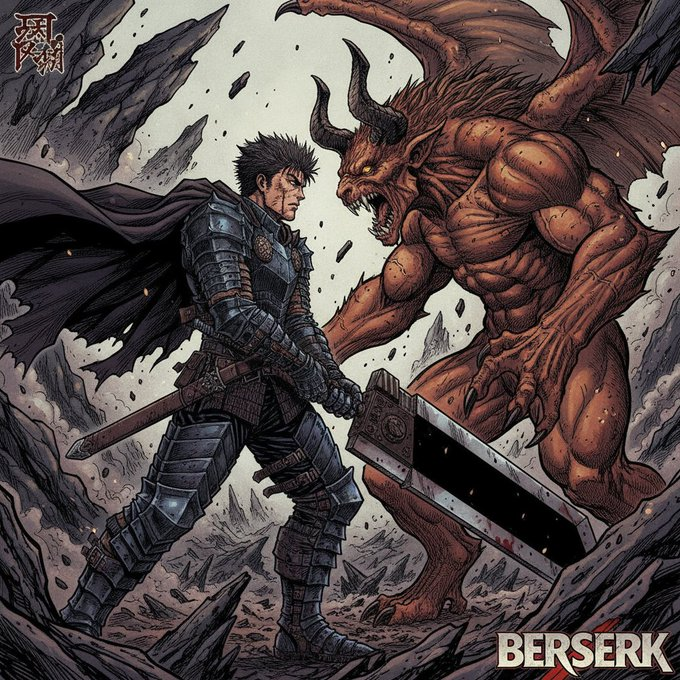 | 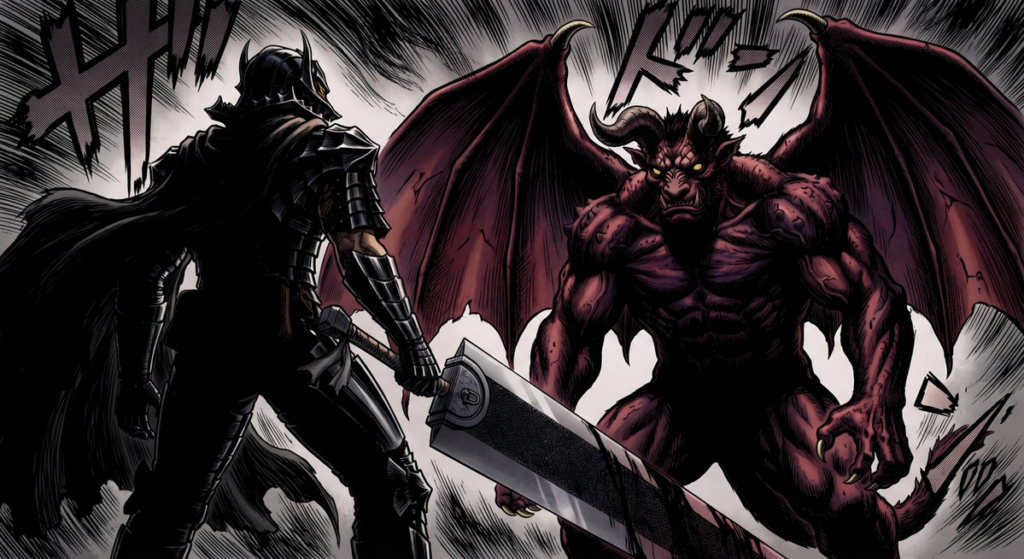 |
| ”Anime-style warrior in an orange outfit flying forward over a rocky canyon, arm reaching toward the viewer with dynamic motion and debris“ | 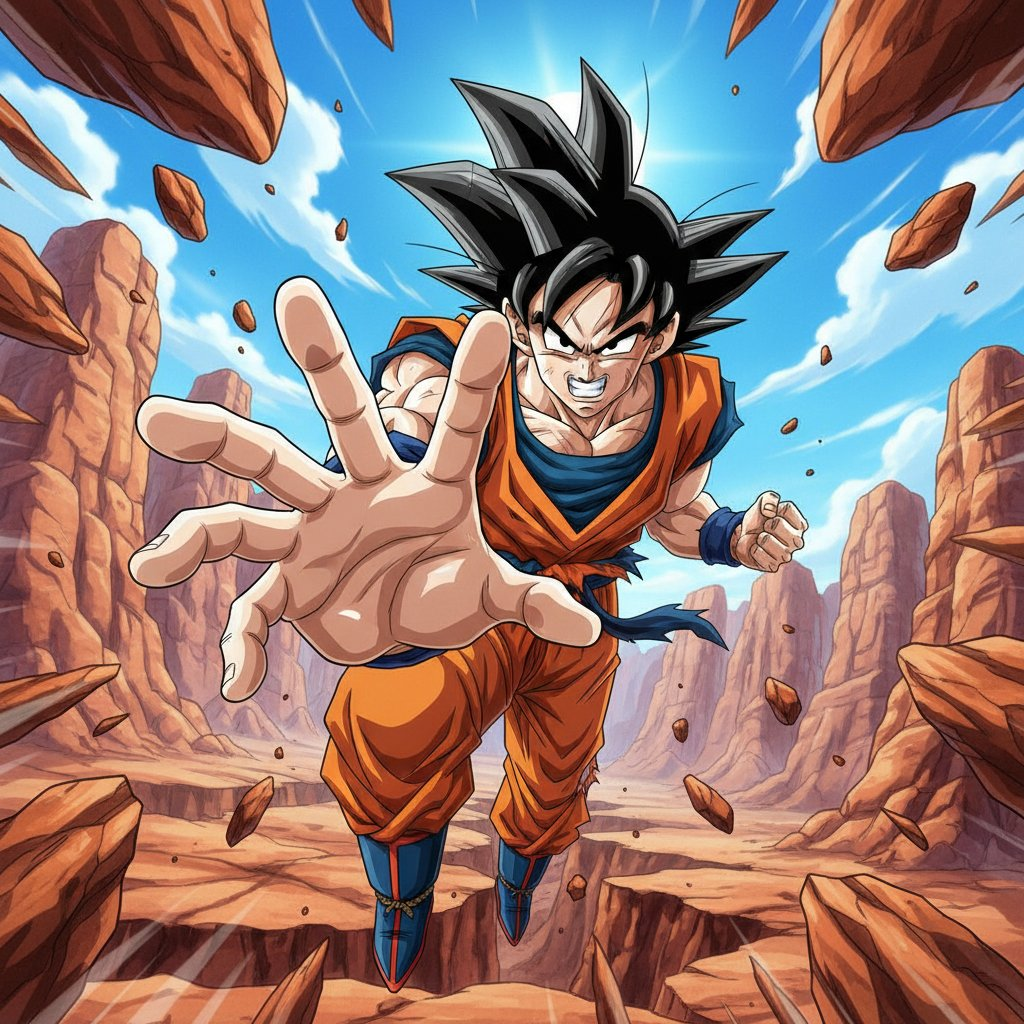 |  |
| “A colorized manga drawing of Saitama from One Punch Man, in the style of Murata” |  |  |
Credits: Lentils
V2 has seen noticeable improvements in clarity, visual realism, camera shot simulation, depth of field, and motion representation. It allows us to more authentically feel the emotions conveyed by the images — a feature that’s incredibly user-friendly for cartoonists and directors.
4. Integration of Translation Capabilities with Image Conversion
Language translation and comprehension are crucial for users working on product localization!
Google’s upcoming AI image generation model can accurately recognize and detect text within images, then translate it into any language you desire. What surprises me even more is that it achieves language understanding, visual restoration, and layout accuracy in one seamless step.
- Feature: Image to Image
- Prompt: “Add color to this manga and convert the text to English”
| Original | Generated |
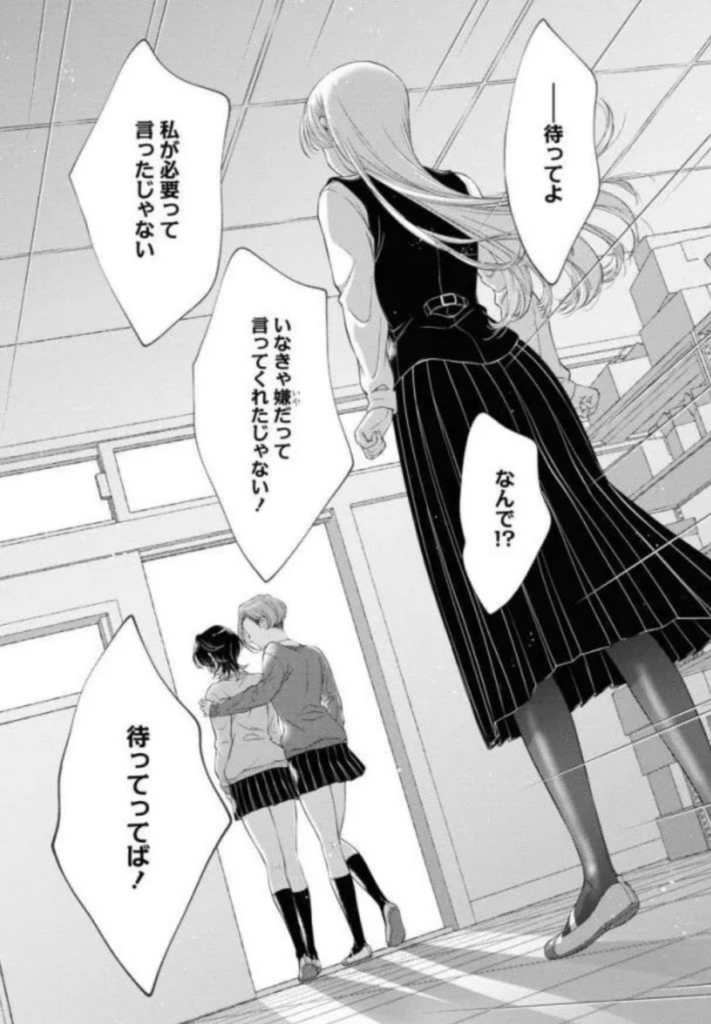 |  |
Credits: SRKDAN
5. Logical Reasoning Capabilities
Based on user tests, Nano Banana 2 may be the only AI image generator that truly understands physics to date. After receiving instructions, the model can meticulously study and analyze the content of reference images, then conduct reasonable and realistic reasoning to accurately fulfill the requirements — such as generating motion trajectories or disassembling toys.

Credits: SRKDAN
6. Image Coloring that Aligns with the Description
Powered by advanced AI, Nano Banana 2 can create complete scenes with characters and elements, then recolor and remaster them to generate enhanced versions. It also pays attention to the scene’s expression during the coloring process, ultimately producing color images that highly match the content of the text description.
 | 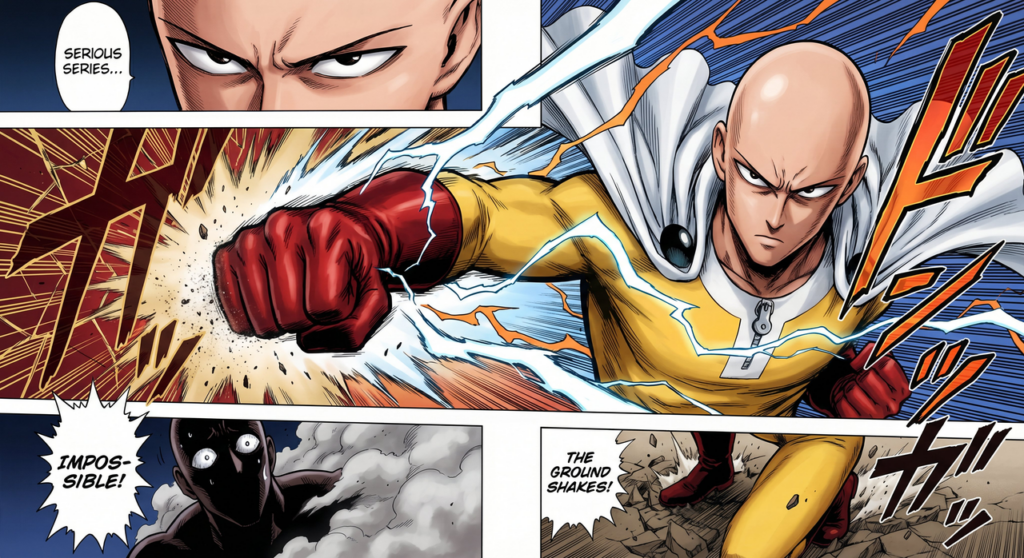 |
Credits: Lentils
Nano Banana 2’s coloring capability also transforms simple hand-drawn sketches into vivid, lifelike scenes that feel straight out of a show.
| Original | Generated |
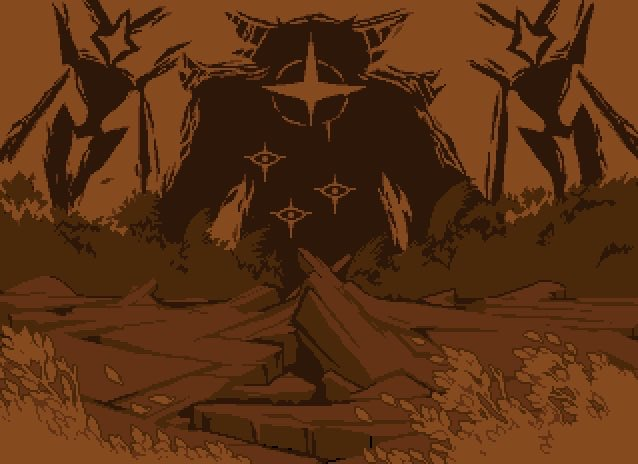 | 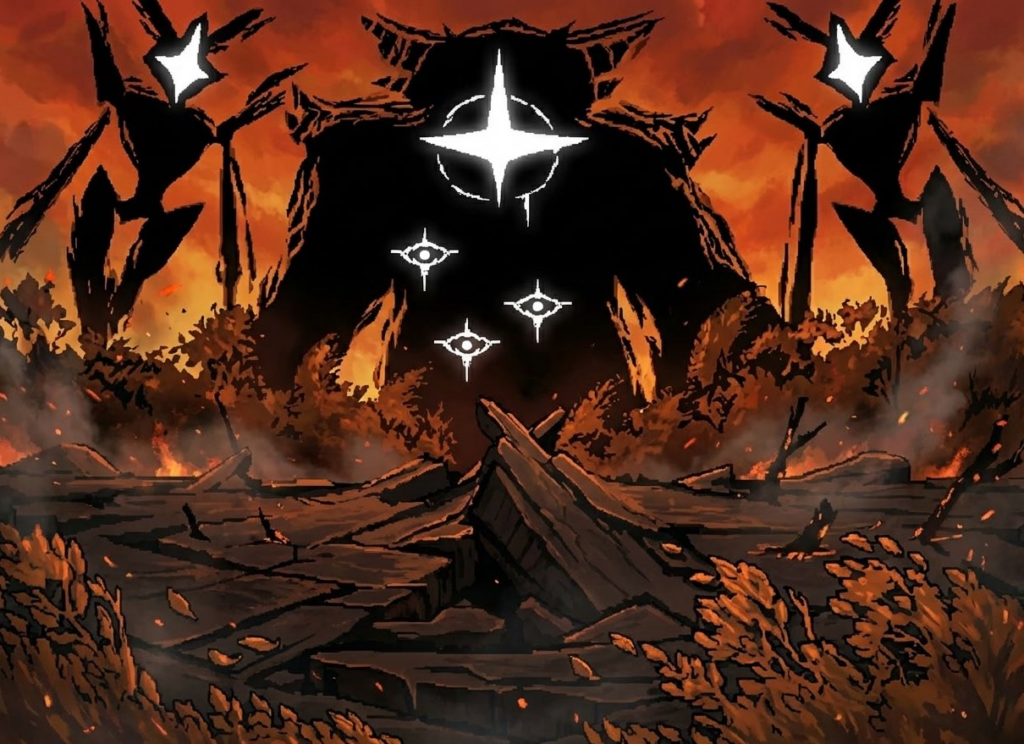 |
Credits: URUBONZ_
However, there’s still room for optimization and improvement in image restoration. A user tested feeding a scrambled image to Nano Banana 2 for repair — while it successfully reconstructed two people, it unfortunately fell short in detail processing and got the characters’ positions wrong.
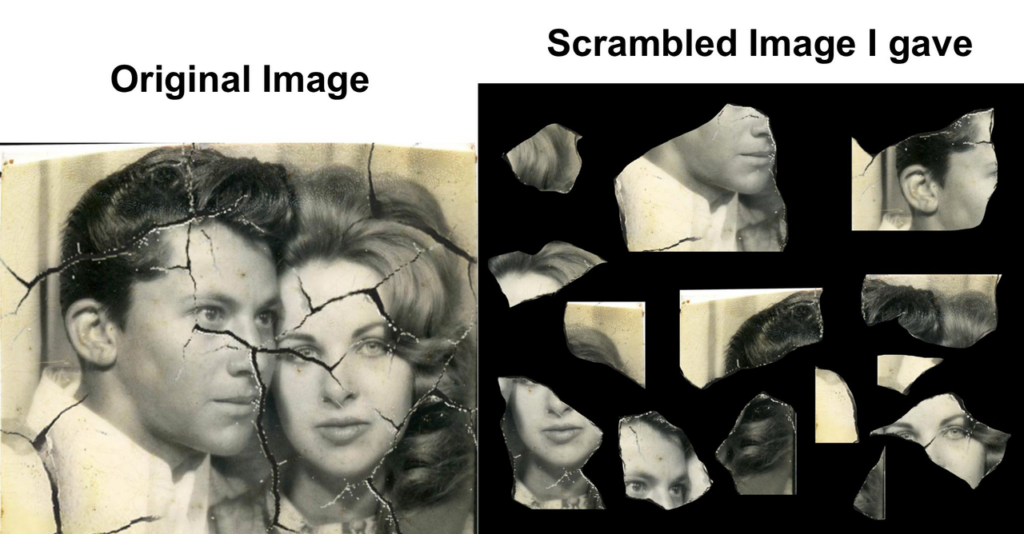 |  |
Ending Thoughts
As rumors about Nano Banana 2 continue to swirl and early user tests reveal multiple capability upgrades, this tool is undoubtedly emerging as a key milestone in the next generation of AI image generation. Whether it’s more precise image control, higher-resolution output, or the iterative self-correcting generation workflow, all signs indicate it’s rapidly evolving from a “model” to a “complete creative system.”
If these features ultimately make it to the official release, Nano Banana 2 is likely to redefine the way creators interact with AI tools — making complex instructions, intricate details, and greater creative freedom the new norm.
As we await its official launch, we can reasonably expect Nano Banana 2 to occupy a pivotal position in the visual content landscape beyond 2025, serving as a new engine driving the leap forward of AI creative tools.
